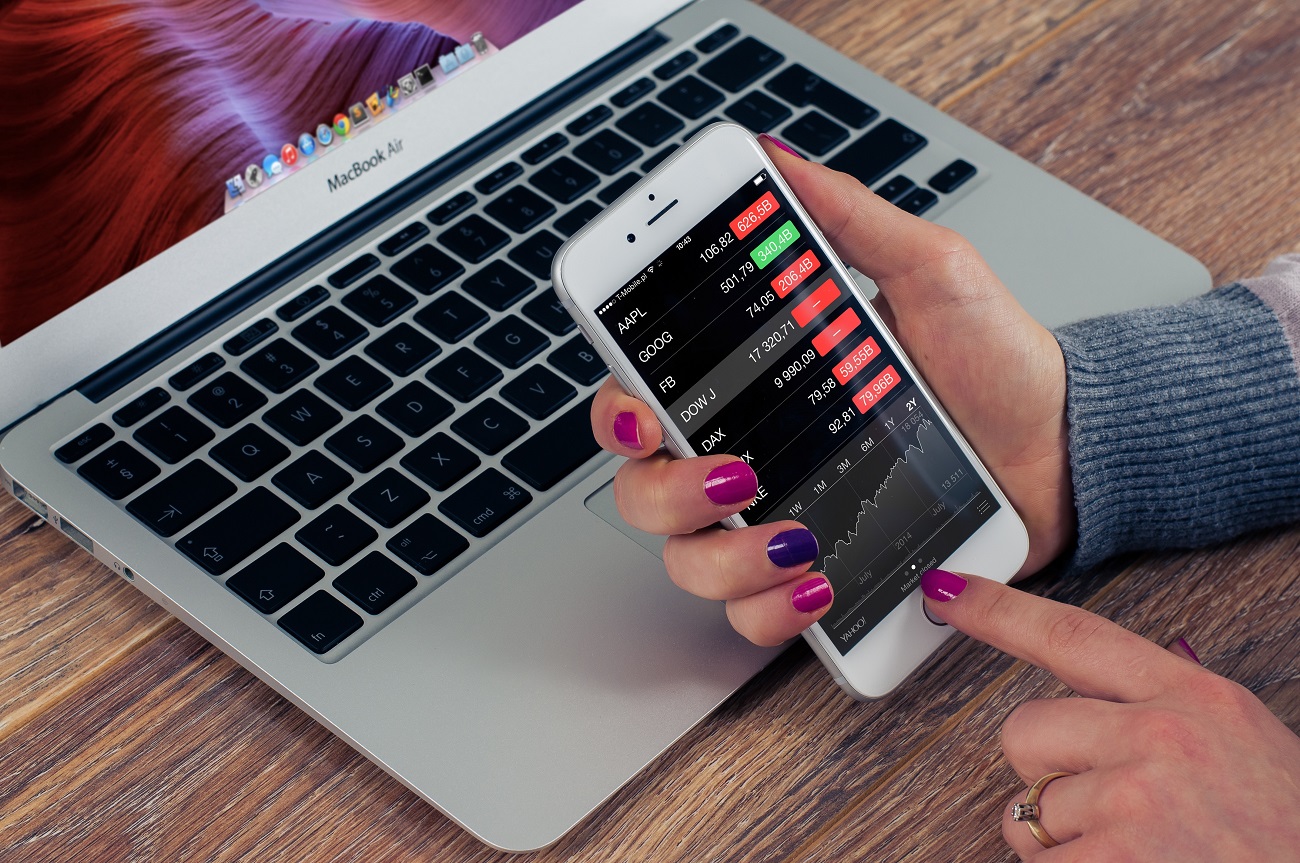If you’ve recently taken an interest in making the most of your money, it can be overwhelming coming to grips with all the options available.
The list of questions seems endless: how do I start investing? Should I invest in property or shares? How much do I need to invest?
Then there’s the financial jargon that goes with it; from the ASX and the S&P to SMSFs and MERs.
To some people, it can seem as daunting as learning a whole new language.
While I can’t give you a rundown on every single term in one go, I will look at one of the increasingly popular investment options that has been causing some confusion recently – ETFs.
What is an ETF?
ETF is short for exchange traded fund. ETFs are basically a basket of shares or securities that trade on a stock exchange such as the ASX (Australian Securities Exchange).
ETFs share characteristics of direct stocks and managed funds, and provide exposure to a professionally managed portfolio of investments. As they are listed on an exchange, they can be bought and sold throughout the day via the use of a brokerage account or share trading platform (such as CommSec or Macquarie Online Trading).
ETFs originated in Canada and have been around since the 1990s, where they were mainly used by institutional investors. They have more recently been adopted by individual investors, with the first Australian-listed ETF popping up in 2001.
As at 2016, there was $4 trillion invested in ETFs globally, with $30 billion invested via Australian ETFs.
What do ETFs invest in?
ETFs have more flavours than Baskin Robbins (is anyone else hungry?).
There are ETFs based on commodities, such as gold, currencies and oil. There are ETFs that invest in specific sectors like global banks or healthcare companies. There are actively managed ETFs (where the ETFs manager actively buys and sells shares or securities to try to beat the market), and there are index ETFs (where the portfolio is invested to track the returns of a particular market, such as the ASX or the S&P 500 (US stock market).
The most common ETFs are based on the four major asset classes – shares, property, bonds and cash.
Why use an ETF?
As with any investment, there are both positive and negative points to consider when it comes to using an ETF.
The benefits
- Diversification – invest in a broad portfolio with a single transaction. You can gain exposure to hundreds or even thousands of companies and assets from around the world. This is a huge benefit for investors who don’t want to concentrate their portfolio by investing in a few individual stocks, or for those who want to invest in assets outside of Australia. ETFs also allow you to invest according to your preferred asset class or theme (for example Australian shares, US tech companies or global property).
- Flexibility – because ETFs are publicly traded on an exchange, such as the ASX, it is simple to transact and investors can buy or sell as required. While you should always consider your strategy and investment time frame before investing in anything, with ETFs your investment is not locked away. You can also start with a relatively small amount of money (a few thousand dollars) and build on your portfolio over time.
- Transparent – ETFs are required to regularly report their holdings, so you know exactly what you have invested in.
- Low cost – ETFs are professionally managed, however management fees are usually a fraction of those charged by managed funds. This means that you keep more of what you earn. As an investor, you can’t control investment performance, or the underlying investment market, but you can control the cost of investing.
The risks
- ETFs are market-linked investments. This means that the value of the ETF will rise and fall in line with the value of the underlying investments. Some assets fluctuate more in value than others, so it is important to understand what you are investing in.
- With any listed security, care is needed in considering the market depth when investing. ETFs are only as liquid as the underlying investments they hold. Particular care should be taken when placing large buy or sell orders, to ensure that the best price is achieved.
How do I invest in ETFs?
Most large financial institutions and stock broking firms have their own trading platforms.
To get started it can be as simple as opening an account with your preferred institution, making a deposit into a linked bank account, and logging in to invest.
If you’d like to learn more about ETFs and how you can start investing, feel free to get in contact with us.
This material has been provided without taking into account any person’s objectives, financial situation or needs.
Before acting on anything in this information you should consider its appropriateness to you (having regard to your objectives, financial situation and needs).
If you are considering an acquisition of a product you should obtain a Product Disclosure Statement (PDS) relating to the product before deciding whether to acquire it.
Leon Jones is an Authorised Representative of NOW Financial Group AFSL 411227.
Contact Leon to book your complimentary 15 minute phone or video chat.










